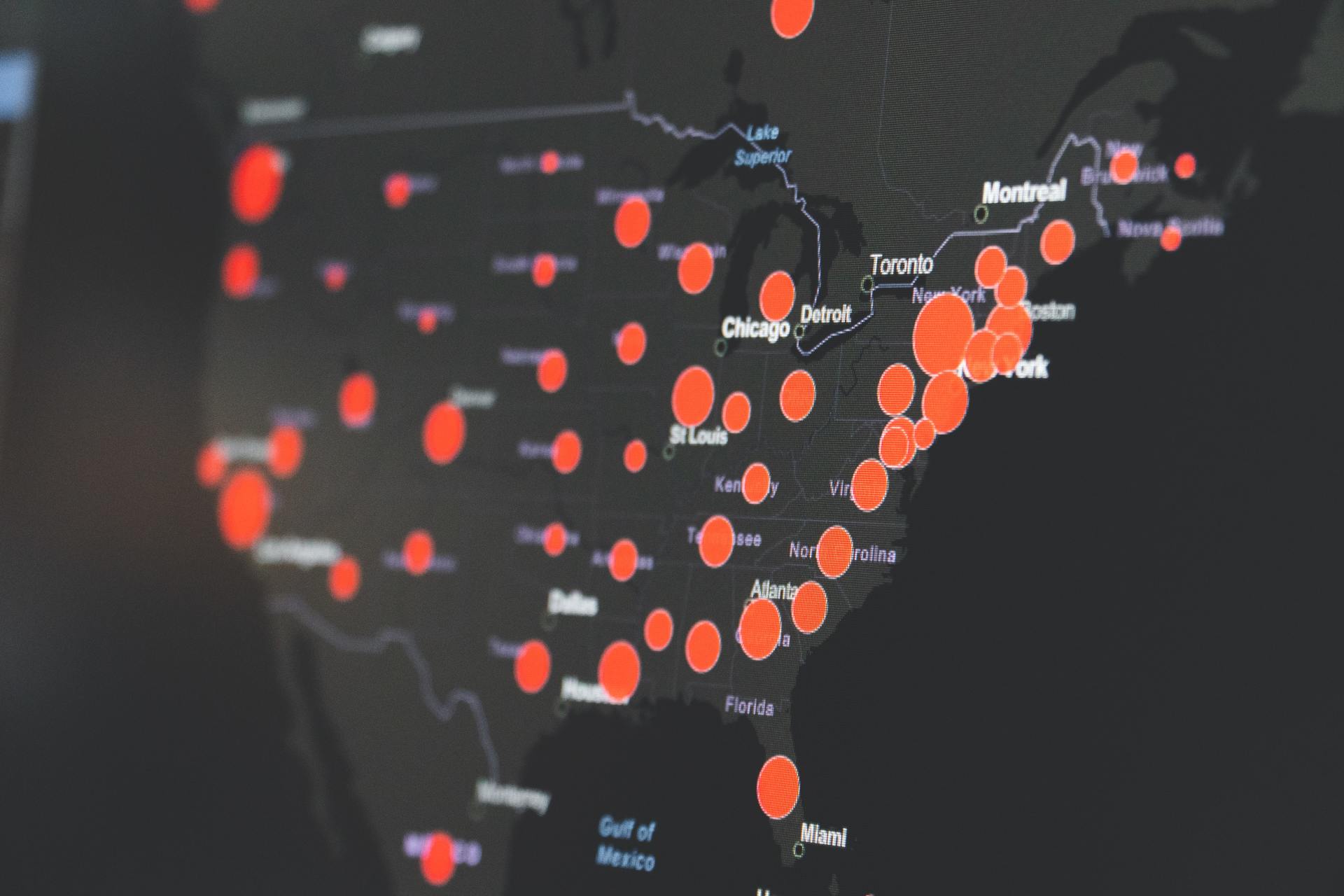Canada Education Savings Program
Canada Education Savings Program (CESP)
Canada Education Savings Program (CESP) is an opportunity for parents in Canada to start saving for their child’s post-secondary education from the time the child is born until age 17. The Government of Canada has reported more than $63.0 billion in registered education saving funds at the end of 2019 with $5.0 billion contributed in that same year.
Assess to post secondary education is a high priority for most Canadians with more than 7 million children are registered in the CESP where more than 53% of those children are currently receiving benefits to pay for their education.
CESP provides2 separate forms of subsidy a Basic Grant and Additional adjustable Grant
1. CESG Basic Grant – available to all families regardless of income level that provide 20% on each dollar spend for a maximum contribution $50,000 toward a child’s education over a 17 year period and receive $7,200 in grant money from the CESP.
2. CESG additional adjustable Grant - available to families whose yearly income is less than $49K and adjusted for the number of children in the family where that incomenot exceeding $95K can receive an additional 10% or 20%. The maximum CESG benefit combines Basic + Additional adjustable grant per child for a lifetime benefit of $7,200
Registered Education Saving Plan (RESP
In order to qualify for CESG program your child must have a social insurance number and be registered with a RESP provider in Canada. There are a number of providers you can setup your RESP and submit your application to CESG on your behalf
• Not all Insurance companies can setup RESP the 2 insurers recommend Industrial Alliance and Manulife both carriers can also if require provide financial assistance
• Most Banks in Canada will setup a RESP for your and include financial assistance
• Most mutual fund companies connected with banks and insurance companies will provide mutual fund RESPs and in some case provide DIY support
• Group RESP providers such as Heritage Scholarship Plan and CESP
Setting up a RESP you will need to commit the contractual obligations for the duration of the RESP to maturity prior to your child getting registered with a recognized post secondary institution; failing to meet your commitment will result and cancellation fees and withdrawal charges.
FAQ:
Q: Who can setup a a subscription as a contributor to a RESP for my Child?
A: Just about anyone can purchase a subscription and make your child the beneficiary
Q: How much should I pay into a RESP?
A: You can pay what you can afford up to a maximum of $50,000 over a 17 year period for your child.
Q: How much would I receive to pay for my child education after 17 years?
A: That answer would vary depending on where the money was being invested over the 17 years but to give you some idea if you assume: 3% guaranteed rate of return based on the $57,200 (Capital +CESG)
A Estimated net market value $89,905 (Note: this is for illustration purposes only)
Q: What type of investments go into a RESP?
A: That will depend on the RESP provider you choose; (stocks, bonds, CD, segregated funds or mutual funds)
Q: What happens RESP if my child does not go to school?
A: You will have the following options;
a. If you plan has the family option attached the CESG can be forwarded to the child(s) on the plan
b. If a individual plan you can name another child to the plan
c. If your child is 21 years of age and the plan has not been used you can withdrawal the earnings less taxes if not transferred to another RESP the monies withdrawn will be considered taxable income any CESG will be refunded to the government.
Q:How much do I need to pay each month to setup a RESP?
A: Pay what you can afford each month and receive +20% grant to go towards your monthly contributions. You an also do a lump sum contribution.
Q: Who is considered the beneficiary / subscriber of a RESP?
A1: The beneficiary is the child who will benefit in the future by the contributions made
A2: the subscriber / Plan holder is the contributor to the RESP
Q: Are RESP contributions tax-deductible?
A: If you contribute to an RESP you won’t get a tax deduction, but when the student you’re saving for withdraws money from the plan for school, any investment growth in the plan will be taxed as that student’s income rather than yours – which can be a significant tax savings.
Q: Can you transfer RESP to a RRSP if the child does not go to school?
A: If the named beneficiary doesn’t use some or all of the money in the RESP, you can transfer the contributions and earning to a RRSP refunded back to the Government of Canada.
Q: How do you withdraw money from an RESP?
A1: The RESP provider will provide guidance how /when the monies can be withdrawn. You will have to provide proof that the beneficiary is enrolled in a qualifying post-secondary educational program, and you may have to provide receipts for expenses such as books and laptops.
A2: Payments from the interest earned by an RESP, plus CESG are limited to $5,000 during the first consecutive 13 weeks of enrollment; after that you can request any nominal amount.
A3: You can withdraw as much of your own contributions to the plan as you wish at any time.







Benefits Matter
Follow Us
Benefits Matter | Toronto, Ontario | info@benefitsmatter.ca | (647) 547-4861



